Once I discovered online board games as younger player, I realized that there was no need to bother only local friends for Monopoly or Scrabble. At midnight, others were more inclined to sleep than engage in chess or Reversi.
Online this wasn’t the case, and I was excited. I opened up a world of new games, and new opponents all over the world.
What was one of the first things I noticed?

Mousing over to the chat-box while I was playing a version of Pictionary, I spotted conversations on-going in various languages (and I had no idea what people were saying, but was pretty sure that it was an insult).
Unacceptable!
It wasn’t the insult that bothered me most. It was the fact that I didn’t understand what it meant! For someone who has always loved languages, I had to stop the game and look up the insult first.
That’s what I’d like to talk to you about for this post.
Not insults, no.
Languages and bridge.
Here’s how to combine your love for bridge and language learning into a passion that lets you learn more.
Online bridge: a portal to languages
As a speaker of Afrikaans, I realised soon that I could understand the most basics of Dutch. While different, the two languages are close in enough ways to have made sense.
I used the opportunity to practice. Almost immediately, I found varieties of Scrabble that aren’t played in English – and thus, forced me to pick up a handful more Dutch words than I knew at the time.
Can you tell what I’m going to say next?
The same applies to online bridge. Bridge draws an international crowd, and conversations fly about in multiple-languages all the time. I’ve learned a great deal of sentences and random words just from conversations about bridge.
For anyone who wants to learn a new language or refine their vocabulary, what could be better than online bridge?
Now, dear reader and bridge player, here’s how to apply it best.
1. Read
The first step to effective language learning (at least if you asked me, right now) is reading more. Reading builds your vocabulary, or at least forces you to look in order to find meaning behind something you’ve just read.
Visit the Bridge Base Online Forums for access to bridge conversations in languages other than English. Several languages have their own sub-forum.
That’s not all. International bridge clubs are a wealth of multiple-language bridge articles, and might even be able to point you in the direction of some of the best bridge books in your choice language.
As a card player, it’s also recommended to look up terms you know in languages you don’t.
2. Interact
Reading gives the user theoretical knowledge and expands their vocabulary. But the online bridge player has something special at their advantage for language learning, and that’s the ability to interact.
Interaction turns the words you’ve learned into sentences you can use. Interaction gets you closer to immersion, and it’s where language learning starts to feel more natural.
Don’t worry about making mistakes. When learning, everyone does. But learn how to say “I’m still learning (insert language here)” as one of your first sentences just in case!
3. Play
Interaction and reading doesn’t quite complete the picture for language-learning bridge players. If you want to improve at both skills simultaneously, get to playing bridge!
Putting what you’ve learned into motion is where learned skills become integrated.
When playing cards in a foreign language, use everything there is. Table banter, forum posts, the names of bridge moves in other languages. – every moment of play becomes a useful learning experience that encompasses several skills at once.
Have you learned more about language since you began playing bridge – or are you only thinking about starting your journey into a new language now?
